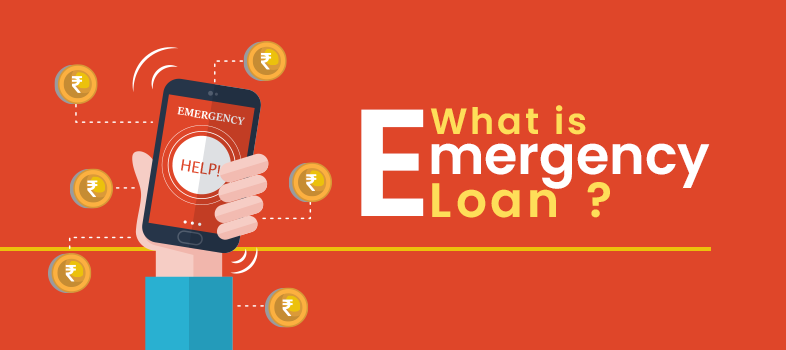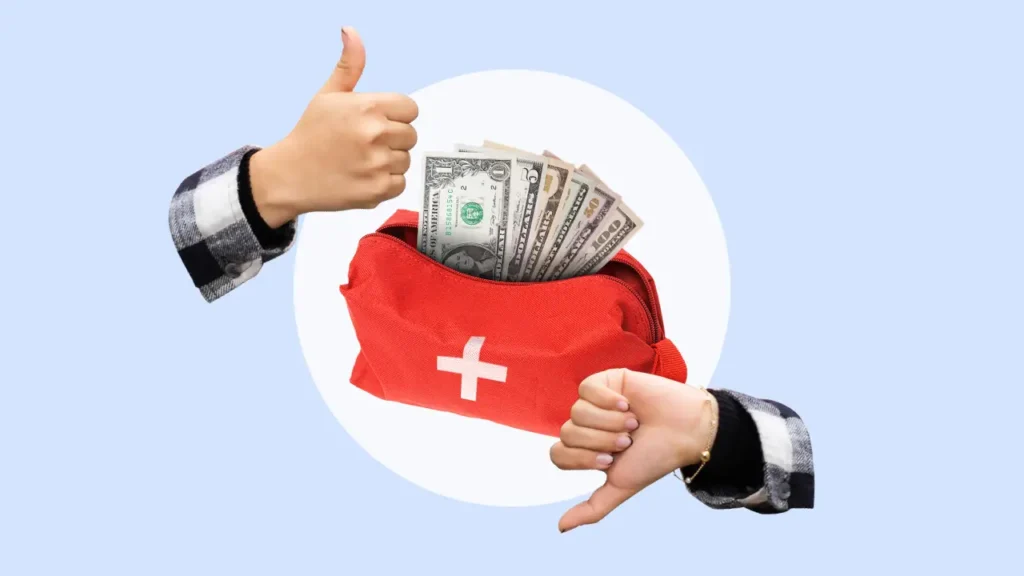In moments of financial crisis, emergency loan services can seem like a lifesaver. Whether you’re dealing with unexpected medical bills, urgent car repairs, or a temporary income gap, these services promise fast access to cash with minimal hassle. But are they truly safe, or could they put you at greater financial risk?
This article explores the safety of emergency loan services, their advantages, disadvantages, and how you can protect yourself when seeking one. If you’ve ever wondered whether it’s smart to turn to these services during hard times, keep reading.
What Are Emergency Loan Services?

Emergency loan services are financial products designed to provide quick, short-term funds to individuals in urgent need. They are often marketed as instant solutions for unexpected expenses and can be accessed through banks, online lenders, credit unions, or payday loan providers.
Common Types of Emergency Loans
- Personal loans: Unsecured loans with fixed interest rates and repayment periods.
- Payday loans: Short-term, high-interest loans meant to be repaid by your next paycheck.
- Title loans: Loans secured using your car title as collateral.
- Credit card cash advances: Quick access to cash using your credit card.
- Installment loans: Loans repaid over time in scheduled payments.
- Peer-to-peer loans: Funded by individual investors through online platforms.
Each type of loan has its own terms, costs, and risks. Choosing the right one depends on your situation and your ability to repay it.
Are Emergency Loan Services Safe?
The answer is both yes and no. Emergency loan services can be safe if you choose a reputable lender, understand the terms, and borrow responsibly. However, the industry also includes many predatory lenders who target vulnerable borrowers with misleading promises and unfair conditions.
How to Identify a Safe Emergency Loan Service
- The lender is registered and licensed in your state or country.
- Loan terms, fees, and interest rates are clearly disclosed.
- There is no pressure to sign or rush your decision.
- Customer service is available and responsive.
- There are positive reviews or ratings from trusted sources.
- The application process is secure, protecting your personal and financial information.
Red Flags of Unsafe Lenders
- Vague or hidden fees.
- Unrealistic promises like “guaranteed approval.”
- No physical address or verifiable business information.
- Upfront fees before receiving the loan.
- Poor customer support or negative user reviews.
Avoiding scams and unsafe lenders is critical, especially when you’re already under financial stress.
Pros of Emergency Loan Services

Despite the risks, emergency loan services offer several legitimate benefits when used correctly. These advantages explain why so many people turn to them in times of need.
Fast Approval and Disbursal
Many emergency loan providers approve applications within minutes and transfer funds the same or next day. This speed is a major advantage for handling urgent expenses.
Minimal Credit Requirements
Unlike traditional banks that require high credit scores, many emergency loan services cater to people with poor or limited credit histories. This opens the door for more people to get help when they need it.
Convenient and Accessible
Applications are often available online 24/7, with easy-to-use forms and instant decisions. You don’t have to visit a branch, make appointments, or wait in long queues.
Flexible Use of Funds
There are usually no restrictions on how you use the loan. Whether it’s medical bills, rent, repairs, or travel, you decide where the money goes.
Cons of Emergency Loan Services
Emergency loans are not without drawbacks, and these can be severe if you’re not careful. Some short-term loans are designed to trap borrowers in cycles of debt.
High Interest Rates and Fees
Payday loans and similar emergency loans can carry extremely high interest rates, sometimes exceeding 400% APR. Even personal loans marketed as “low interest” may include hidden fees that raise the overall cost.
Short Repayment Terms
Many emergency loans have repayment periods of just a few weeks. If you don’t repay on time, penalties kick in, and your balance can quickly balloon out of control.
Risk of Debt Trap
Borrowers who can’t repay may take out another loan to cover the first one, entering a cycle of borrowing that’s hard to escape. This is especially common with payday and title loans.
Potential for Collateral Loss
With title loans, you risk losing your vehicle if you default. The lender can seize your car even for a relatively small unpaid amount.
Impact on Credit Score
While some emergency lenders report your payments to credit bureaus, others don’t. If you miss payments, your credit score may drop, limiting your access to better financial options in the future.
Tips for Using Emergency Loan Services Safely
If you decide to use an emergency loan service, follow these tips to ensure a safer experience:
Research the Lender Thoroughly

Look for reviews, verify their registration, and check if they’re listed with a financial regulatory authority in your country or state.
Understand the Terms Before Signing
Read the entire agreement. Pay special attention to:
- Interest rates and APR
- Fees (origination, processing, prepayment penalties)
- Repayment schedule
- Late payment penalties If anything is unclear, ask questions or walk away.
Borrow Only What You Need
Avoid overborrowing, which can lead to unnecessary debt. Borrow the minimum amount required to handle your emergency and nothing more.
Plan Your Repayment
Before accepting the loan, be sure you have a realistic plan to repay it. Missing payments will only worsen your financial situation.
Consider Alternatives First
Before turning to emergency loans, explore other options:
- Asking family or friends for temporary help
- Requesting a payment extension or hardship plan from service providers
- Using savings or emergency funds
- Talking to a credit counselor
Some nonprofits and local community organizations also offer emergency assistance without interest.
Also Read : What Is Loan Prequalification And How Does It Work?
Conclusion
Emergency loan services can offer a helpful solution when you’re in a financial bind, but they come with serious risks if not used wisely. The key to using them safely is choosing a reputable lender, understanding the full cost of borrowing, and having a solid repayment plan.
While some people benefit greatly from emergency loans, others fall into deeper debt due to high interest rates, hidden fees, or irresponsible borrowing. By educating yourself and following the tips in this guide, you can make smarter financial decisions and protect yourself from predatory lending.
Always remember: a loan should help you recover from an emergency—not create a new one.
FAQs
Are emergency loans legal?
Yes, emergency loans are legal, but they must be issued by licensed lenders who follow financial regulations. Be cautious of unlicensed or shady lenders.
Can I get an emergency loan with bad credit?
Yes, many emergency loan providers accept borrowers with bad or no credit, though they may charge higher interest rates or fees.
How fast can I get the money?
Depending on the lender, you may receive funds within a few hours to 1 business day after approval.
Will an emergency loan affect my credit score?
It depends on the lender. Some report to credit bureaus, which can help or hurt your score depending on repayment behavior.
Are payday loans the same as emergency loans?
Payday loans are a type of emergency loan but typically come with higher fees and very short repayment periods. Other types like personal loans or installment loans may offer better terms.
What happens if I can’t repay the loan on time?
You may face late fees, additional interest, damage to your credit score, or even legal action. Some secured loans may lead to asset repossession.




